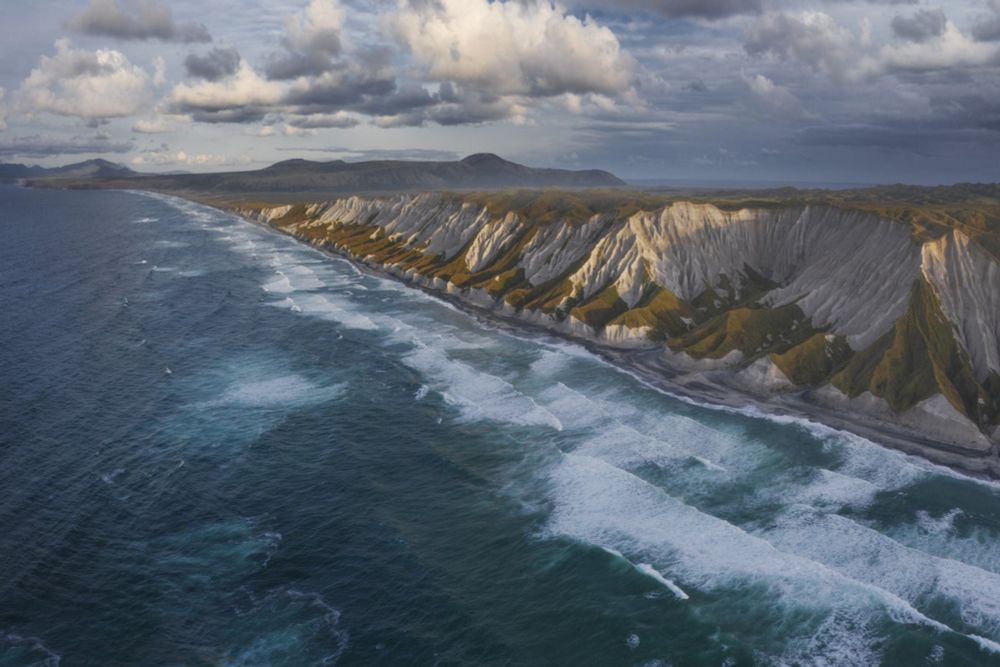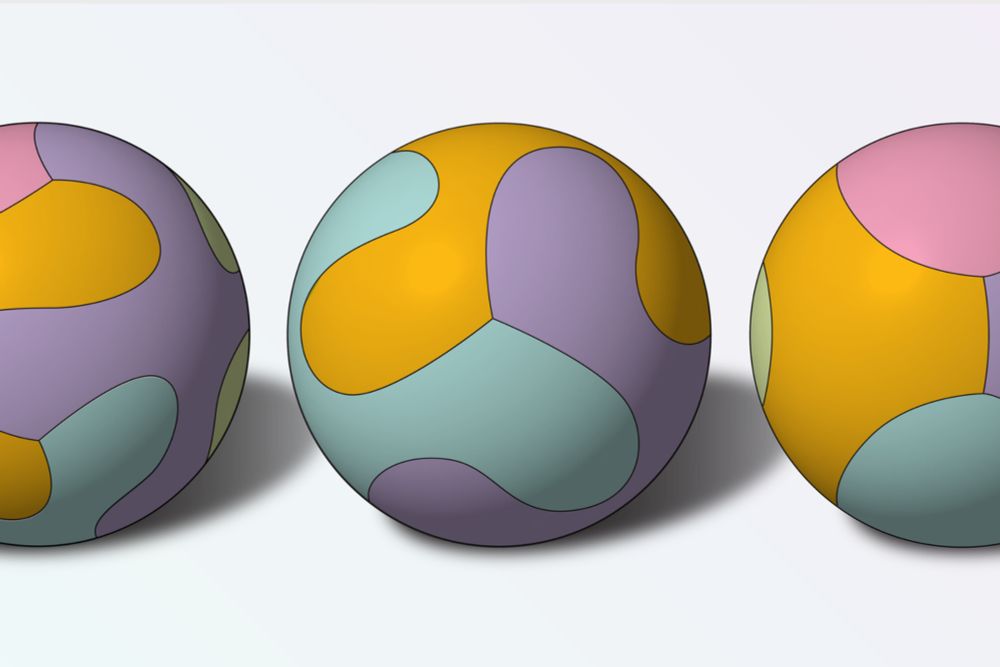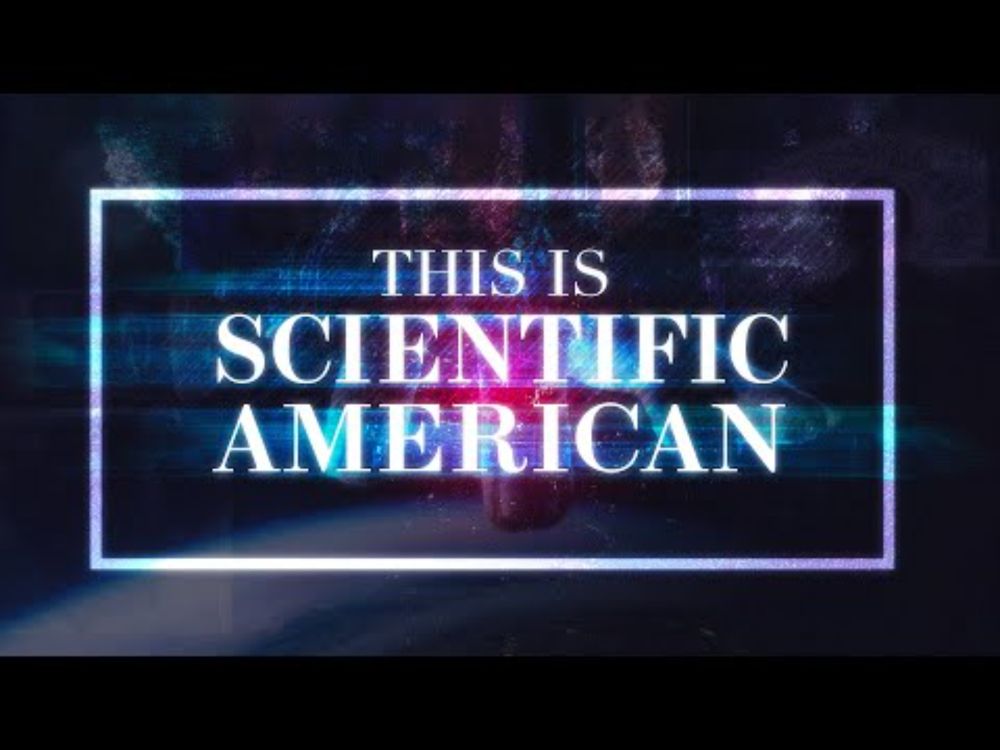
(by @andreatamayo.bsky.social for @sciam.bsky.social)

(by @andreatamayo.bsky.social for @sciam.bsky.social)



It's called "wood vaulting".

It's called "wood vaulting".
It was a pleasure to report and write this for @sciam.bsky.social, and be skillfully edited by @andreatweather.bsky.social.

It was a pleasure to report and write this for @sciam.bsky.social, and be skillfully edited by @andreatweather.bsky.social.





Terms & Conditions apply. See official rules: sciam.com/180contest #SciAmInTheWild
Terms & Conditions apply. See official rules: sciam.com/180contest #SciAmInTheWild



And such a fascinating phenomenon: ~true polar wander~.
Read more about what's causing Earth's poles to wander here: www.scientificamerican.com/article/eart...

And such a fascinating phenomenon: ~true polar wander~.
Read more about what's causing Earth's poles to wander here: www.scientificamerican.com/article/eart...
We’re sharing some of our best stories from the year so far to kick off our Bluesky journey!

We’re sharing some of our best stories from the year so far to kick off our Bluesky journey!

In my new story for Science News Explores, I ask neuroscientists about treatments that strengthen and weaken memories, and how they go about doing this.
(link: www.snexplores.org/article/memo...)

In my new story for Science News Explores, I ask neuroscientists about treatments that strengthen and weaken memories, and how they go about doing this.
(link: www.snexplores.org/article/memo...)

www.quantamagazine.org/what-is-entr...

www.quantamagazine.org/what-is-entr...
I couldn’t be more proud to be in public health. We continue to accomplish so much with so little, and the work is often invisible.
Here’s to 2025. Happy New Year!
For a deeper dive, go here: lnkd.in/gG8hB-Jd

I couldn’t be more proud to be in public health. We continue to accomplish so much with so little, and the work is often invisible.
Here’s to 2025. Happy New Year!
For a deeper dive, go here: lnkd.in/gG8hB-Jd
www.sciencenews.org/article/tele...

www.sciencenews.org/article/tele...

